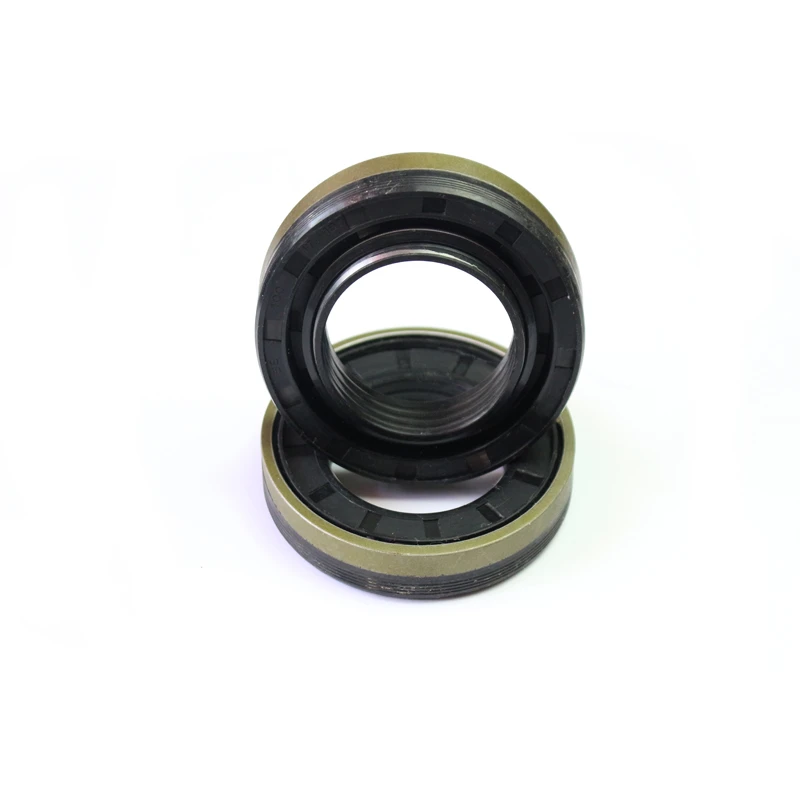rear transmission seal
Understanding Rear Transmission Seals Importance and Maintenance
Rear transmission seals play a critical role in the functioning of a vehicle’s transmission system. These seals are designed to prevent the leakage of transmission fluid from the rear of the transmission, ensuring that the fluid remains where it needs to be—in the transmission itself. This is crucial for the proper lubrication and functioning of the gears within the transmission system.
The Role of Rear Transmission Seals
Transmission fluid serves several essential functions in a vehicle. It lubricates the moving parts within the transmission, cools the transmission components, and transmits power from the engine to the wheels. Given these functions, any leak in the system can lead to severe problems, ranging from inefficient gear shifting to complete transmission failure. This makes the rear transmission seal an integral part of the vehicle's drivetrain.
The rear transmission seal is located at the back end of the transmission, where the driveshaft connects to the transmission case. It is typically subjected to high levels of temperature and pressure, which can lead to wear and tear over time. As the seal ages, it may become brittle, crack, or lose its elasticity, ultimately resulting in fluid leaks.
Signs of a Failing Rear Transmission Seal
Owners should be aware of key signs that may indicate a failing rear transmission seal. The most noticeable sign is the appearance of transmission fluid on the ground beneath the vehicle, which can be a reddish or brownish fluid. Additionally, a slipping or rough shifting experience might suggest low transmission fluid levels due to leaks.
rear transmission seal

If you notice a burning smell while driving, it could indicate that the transmission fluid is overheating, possibly due to lack of adequate lubrication from low fluid levels, which could be a result of a faulty seal. Ignoring these signs can lead to more severe issues that require costly repairs.
Maintenance and Replacement
To maintain the integrity of your rear transmission seal, regular inspections are crucial. During routine vehicle maintenance, mechanics should check the transmission fluid levels and inspect for any signs of leaks. If a leak is detected, it is essential to address it immediately to prevent further damage.
If the rear transmission seal is determined to be failing, it will need to be replaced. This process typically involves draining the transmission fluid, removing the driveshaft, and then extracting the old seal. The new seal will be installed, and everything will be reassembled, which often requires specialized tools and techniques. It is advisable to have this work performed by a qualified mechanic, as improper installation could lead to continued leaking and other transmission issues.
Conclusion
Understanding the importance of rear transmission seals and their maintenance can save vehicle owners considerable time and expense. Regular inspection and prompt attention to any potential problems are essential steps in ensuring the longevity and efficiency of a vehicle's transmission system. By being proactive about transmission seal maintenance and replacement, you can avoid more significant and costly repairs down the line, ensuring that your vehicle continues to run smoothly and safely.
-
Understanding the Front Main Engine Seal: Purpose, Maintenance, and Installation
News Jul.29,2025
-
Understanding O-Rings and Seal Rings: Types, Applications, and Custom Solutions
News Jul.29,2025
-
Understanding Crankshaft Oil Seals: Rear Seals, Pulley Seals, and Their Role in Engine Integrity
News Jul.29,2025
-
The Importance of Front and Rear Crankshaft Seals in Engine Performance and Oil Management
News Jul.29,2025
-
Crank Oil Seals: Functions, Types, and Cost Considerations in Engine Maintenance
News Jul.29,2025
-
A Comprehensive Guide to O-Rings and Seals: Types, Materials, and Global Applications
News Jul.29,2025
-
Mastering Diesel and Performance Engine Maintenance: A Guide to Critical Oil Gaskets
News Jul.28,2025
Products categories















